Well, it's that time of year again, time to plant seeds of veggies and flowers we want to grow in Haden Garden this season. So many seed choices, so little time. We decided to grow long season veggies like sweet onions that would be started indoors then planted in spring so they are ready the following school year as well as short season, cool wether crops like peas, which are normally directly sown outdoors in workable soil when weather is ...well, less wintry and more spring like. But I decided to get the kids to start at least some of the peas indoors because they grow so quickly just so our colour-starved eyes could enjoy a little spring green. You can see the boys watering the seedlings in the photos below. They take great pride in their work. Did you notice the seedling pots we made out of newspaper? The entire newspaper pot will disintegrate into the soil, once planted so you don't need to disturb the seedling's roots. How cool is that? We also used a few brown toilet paper rolls stuffed with newspaper. If you would like to know how to make these very simple biodegradable newspaper pots of your own here's the link from the EVERGREEN website:
https://www.evergreen.ca/blog/entry/how-to-create-biodegradable-pots-for-your-seedlings/?utm_source=evergreen&utm_campaign=ocnews&utm_medium=email&utm_content=2017-03
We seeded our onions and peas two weeks ago and since then, both the onions and the peas have sprouted. Our job today was to set up the grow lights for the seedlings, so the boys got busy moving plastic shelving around, cleaning and hanging our grow light from the shelving unit. You can see from the photo below that they all did a fantastic job. They are really great gardeners. With all the gardening going on in JRHS Resource, I think it's time to buy more grow lights. Stay tuned for my next blog on planting cabbage seeds and how our cold-moist stratified seeds are doing outside.
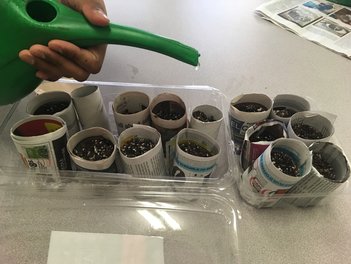
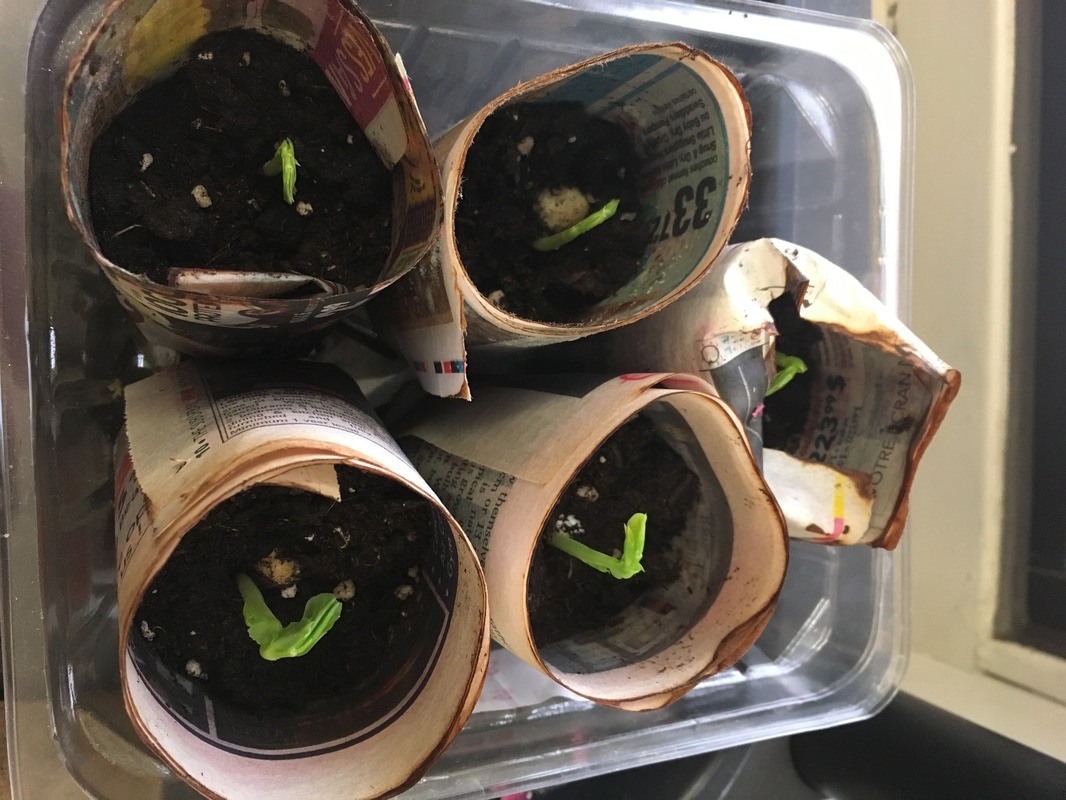
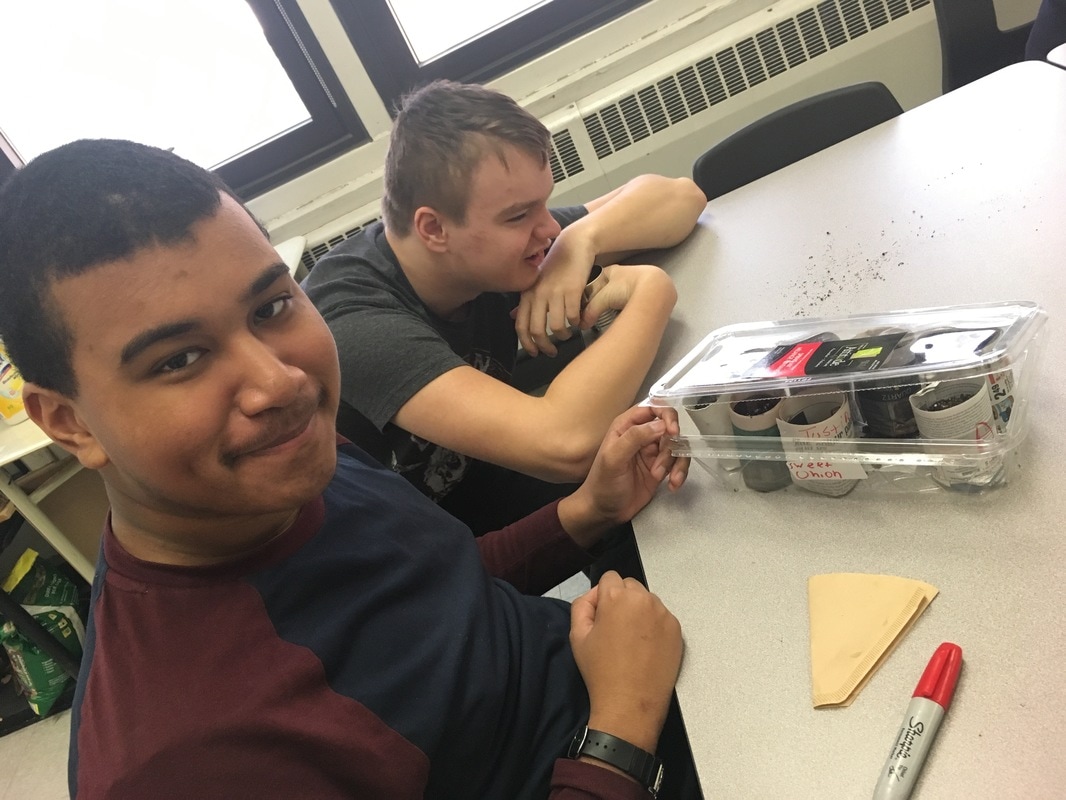

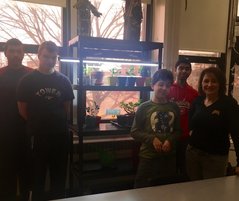
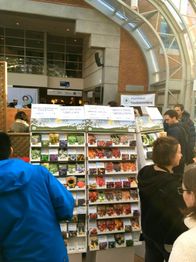
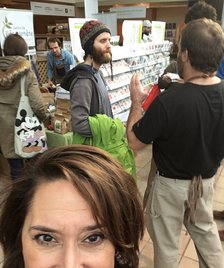
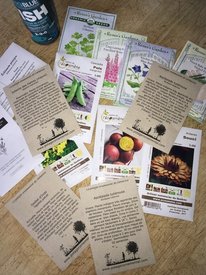
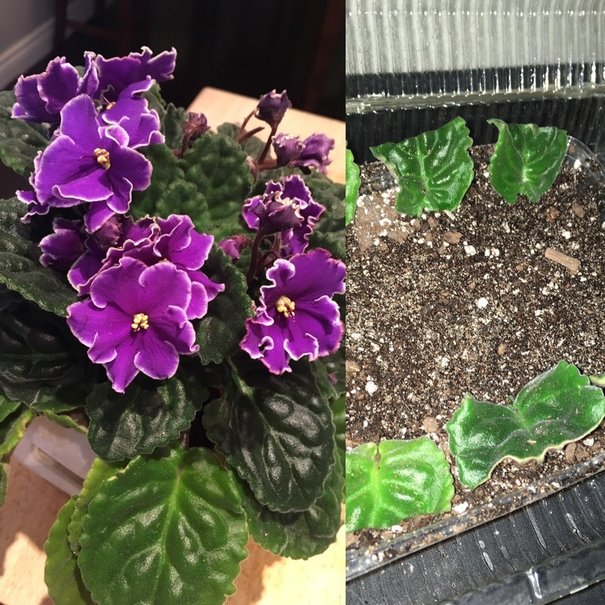
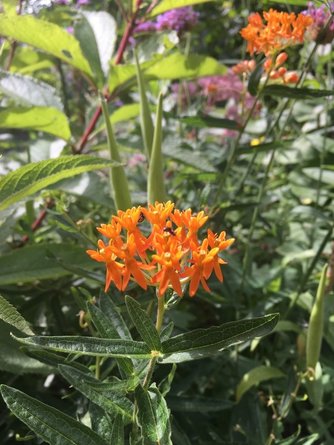
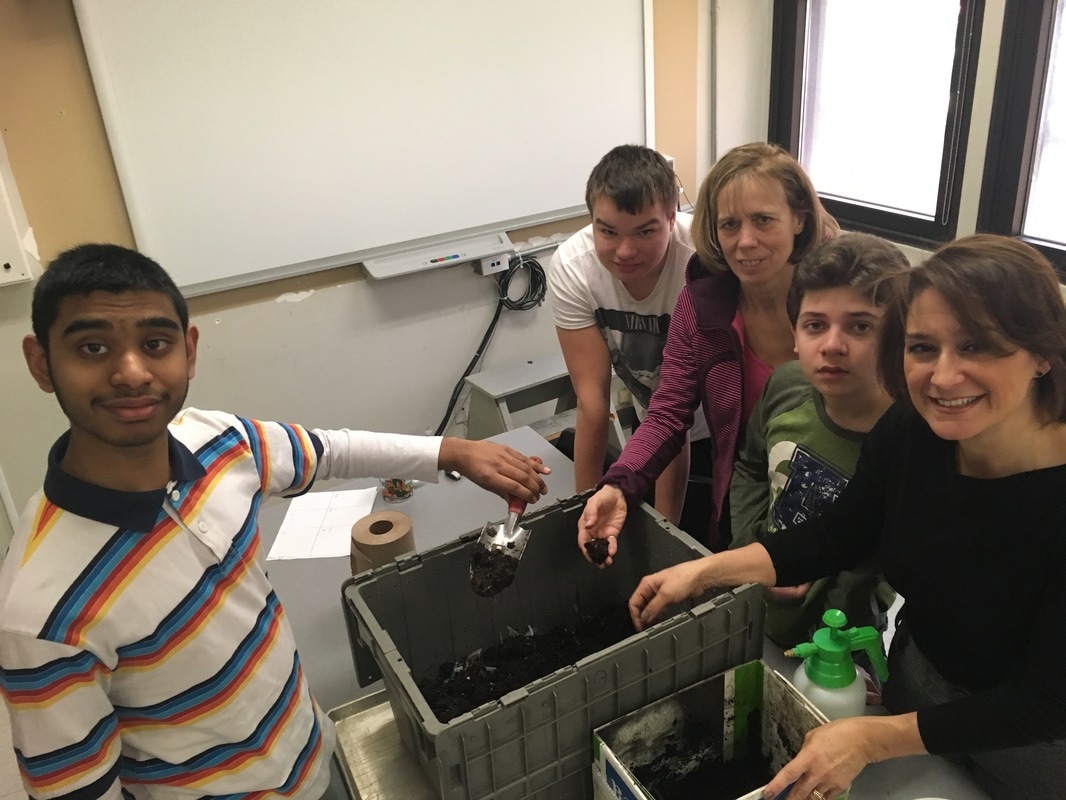
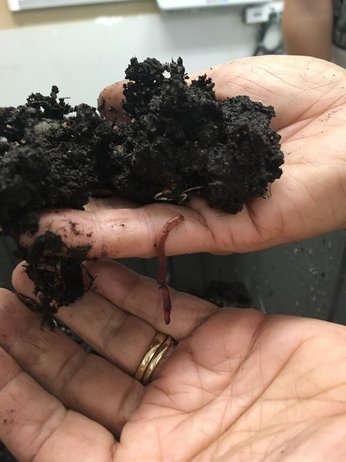
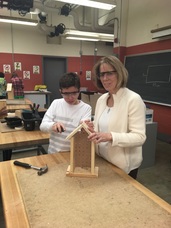
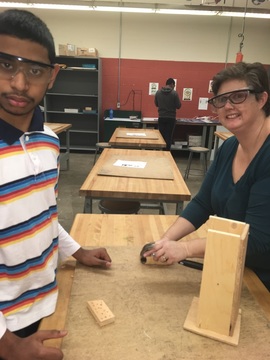


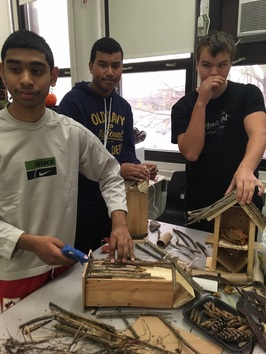
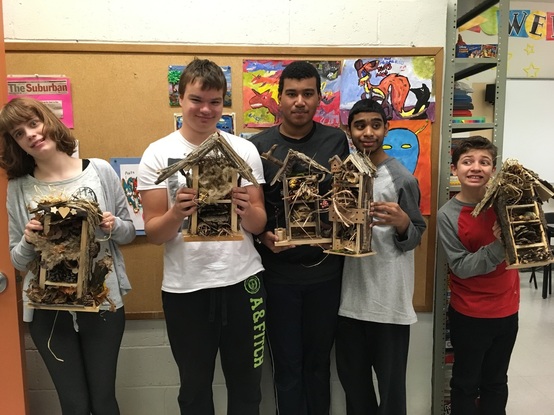
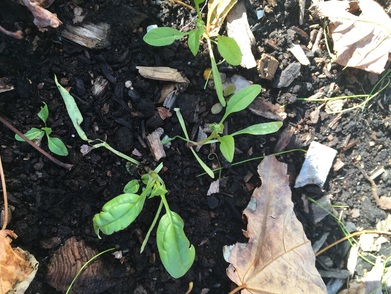
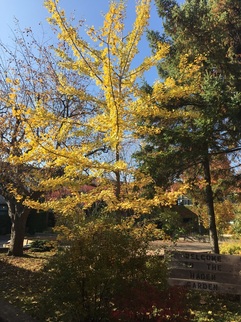
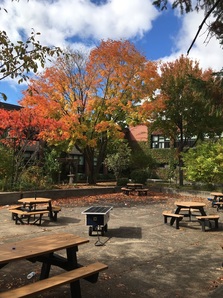
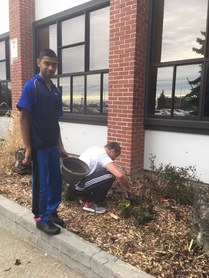
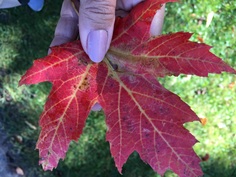
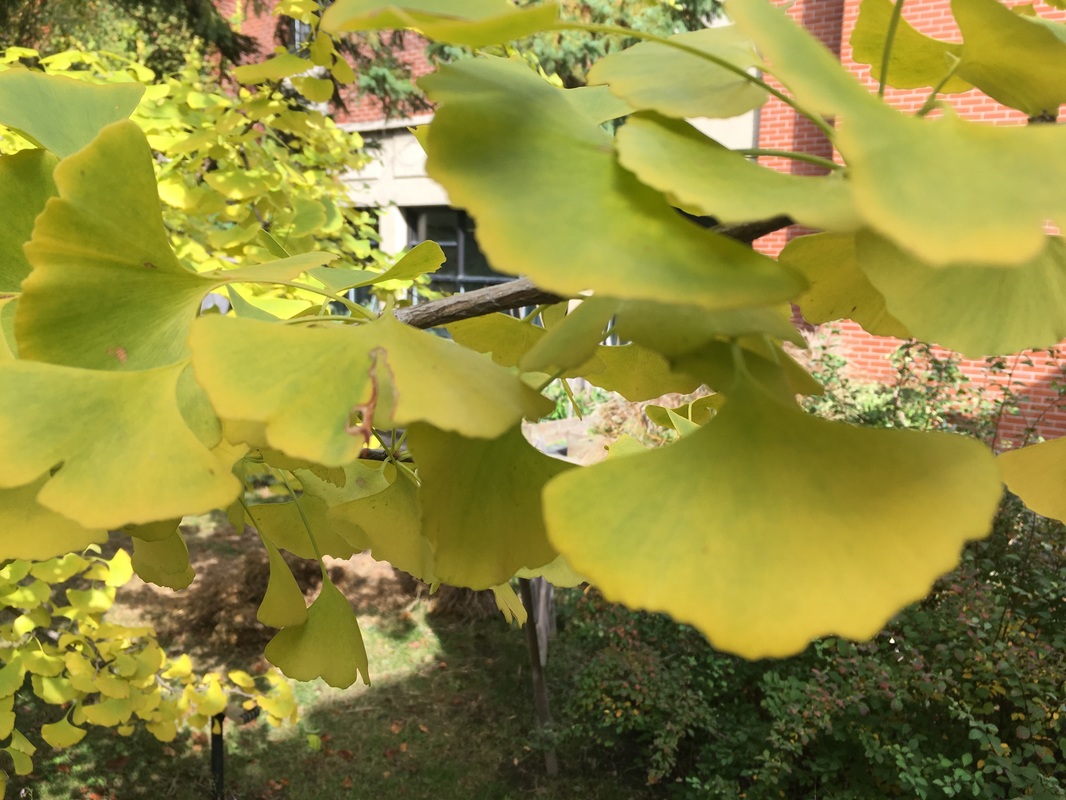
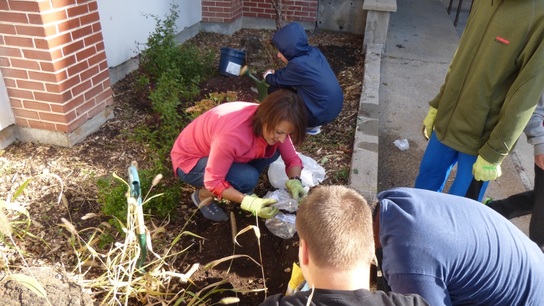
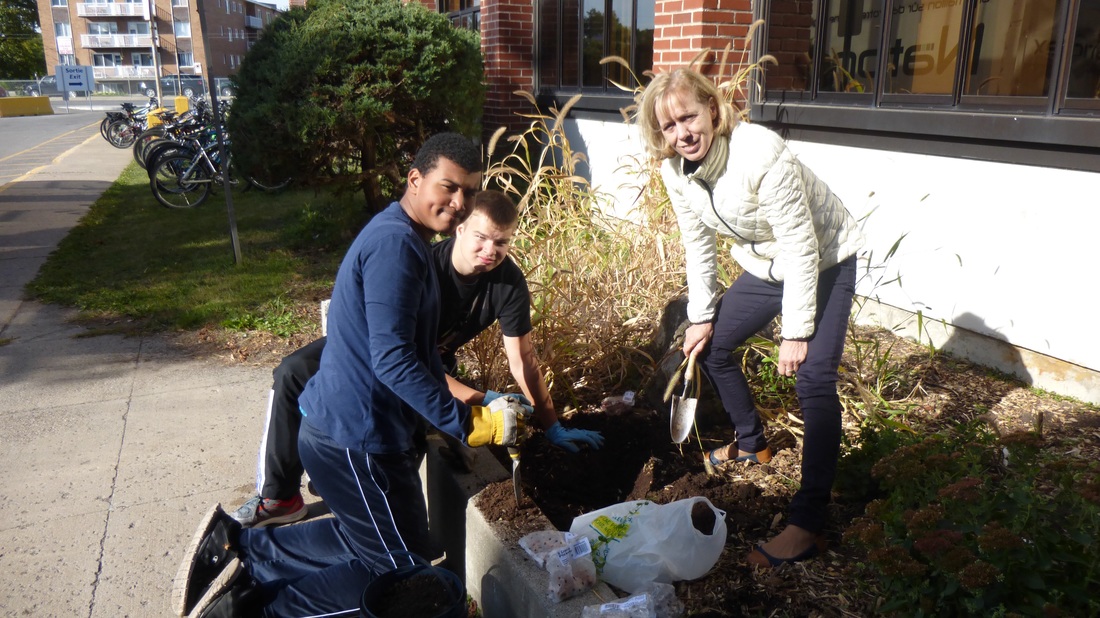
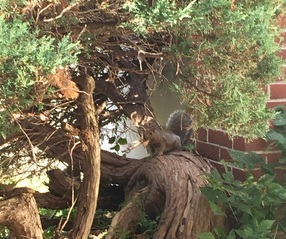
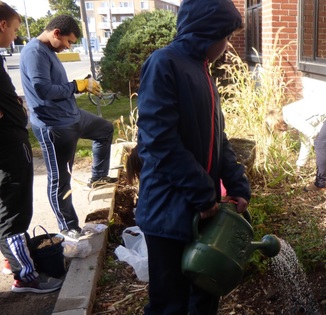
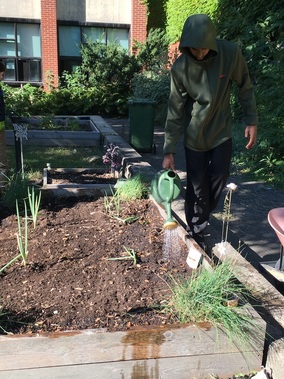
 RSS Feed
RSS Feed
